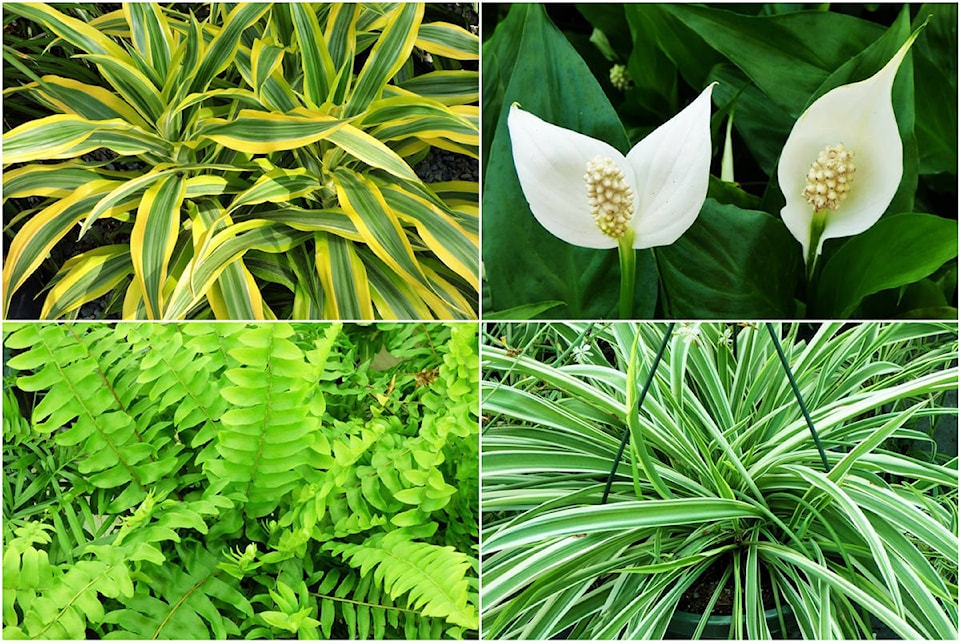There’s a simple reason why humans cannot exist without plants and that is our habit of breathing.
The oxygen we require to survive is a byproduct of photosynthesis and 98 per cent of it is produced by both terrestrial and marine plants.
To be succinct: no plants, no people.
We can all see the worldwide symptoms of stripping forests or using our oceans as a waste facility because we hear about it every day. Whether it’s severe weather patterns or the decline of our few remaining killer whales, you can point the finger at the person in the mirror, and we are not averse to fouling our own nests.
Every single townhouse, apartment and home we live in is a potential hazardous waste site filled with harmful chemicals such as benzene, ammonia, xylene, formaldehyde and trichloroethylene.
And it might surprise you to know that you probably brought the benzene in with some paint stripper, adhesives, cleaning products or even tobacco smoke.
The much scarier formaldehyde sneaks in unawares in cardboard, paints, smoke from wood burning stoves, floor finishes and pressed wood products, such as kitchen cabinets.
Think about the simple renovation of installing a new carpet with its fire retardants, adhesive, foam backing and stain protectors, all of which are derived from a cocktail of often toxic chemicals.
Sure, most of these will dissipate within 24-48 hours, provided there is good air circulation. But even health professionals are advising soon-to-be or new parents to put off nursery renovations in order to avoid potential respiratory problems in infants.
Luckily the plant kingdom doesn’t hold a grudge. Even though the human race has been busy cutting down rain forests, laying waste to natural prairie to make room for farms and killing the kelp with water-borne pollution, plants are still willing to come to our rescue and help negate many of the toxins in your home.
In fact, NASA did a clean air study to see how effective common houseplants were at removing toxins by filtering the air and some of them were surprisingly good at it. The same people who put a man on the moon are telling us that having a few houseplants not only spruces up the place, they are actually good for your overall health.
So here are a few common plants that you can use to naturally filter the air in your home:
• Boston fern (Nephrolepsis ‘Bostoniensis’) – a great choice for those areas with lower light levels often found in our homes, these prefer the high humidity our bathrooms and kitchens readily provide and are efficient at removing formaldehyde, toluene and xylene and is non-toxic to pets;
• peace lily (Spathiphyllum) – a powerhouse of a tropical prefers bright, indirect light and produce long-lasting pure white flowers or spathes, as well as minimal temperatures of 60 F and removes a vast array of chemical toxins, including benzene, formaldehyde, xylene, trichloroethylene, ammonia and toluene;
• corn plant (Dracaena fragrans) – numerous dracaenas were trialed in the NASA study, including Janet Craig, Red-Edged and Cornstalk, with all of them efficiently removing benzene, formaldehyde and trichloroethylene, and these nearly indestructible houseplants tolerate low to bright indirect light (where they grow faster) and like to be misted from time to time;
• spider plant (Chlorophytum comosum) – perhaps the most common of the clean-air plants much in part to its habit of producing plantlets on long stems that are easily rooted. Best grown in a hanging basket, it removes xylene, toluene and formaldehyde and is non-toxic to pets.
Mike Lascelle is a local nursery manager and
gardening author
(hebe_acer@hotmail.com).
